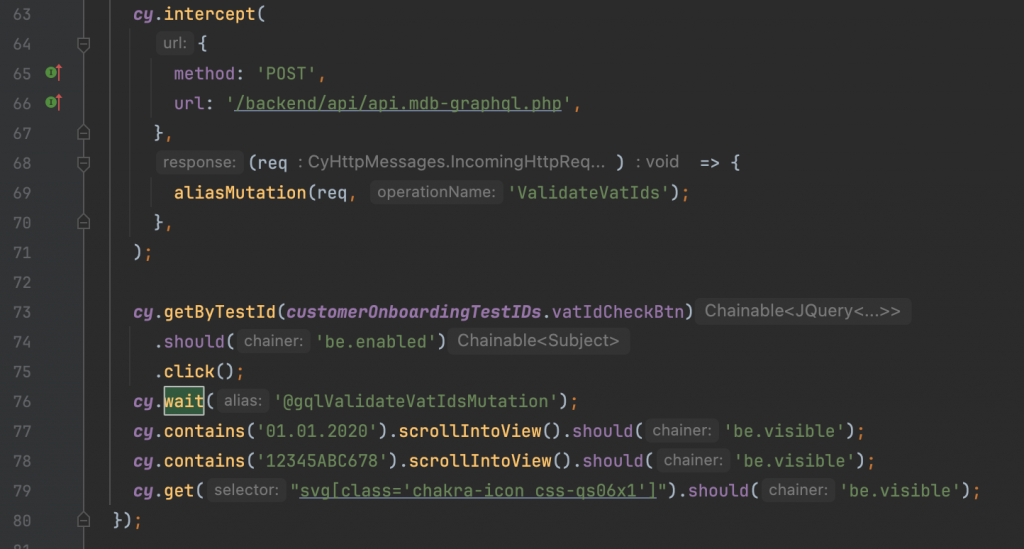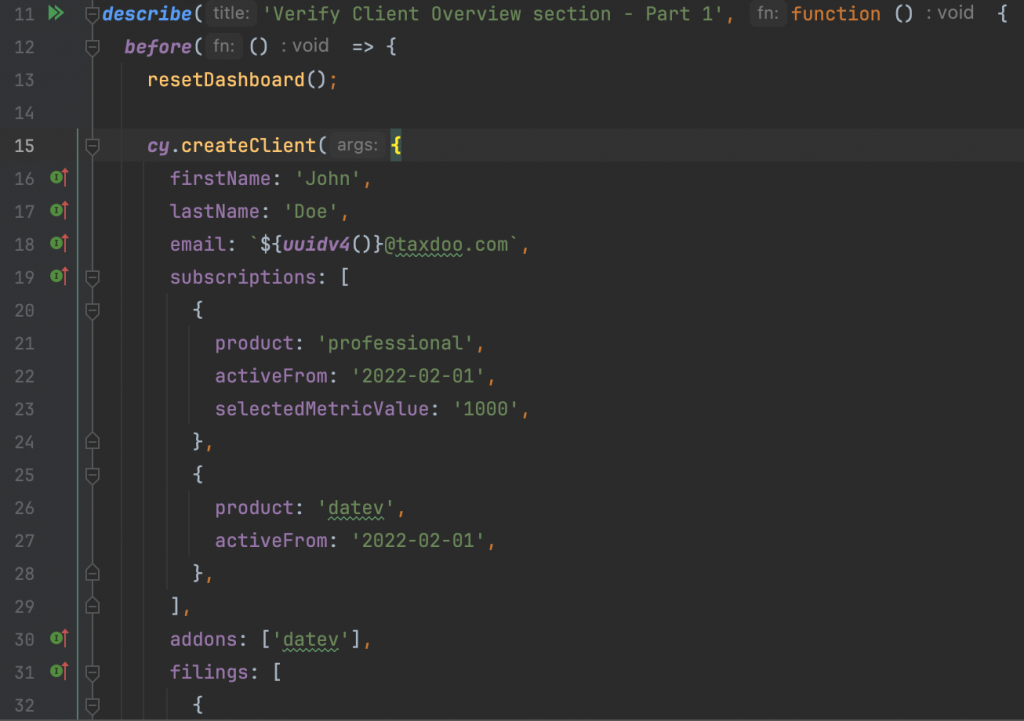
Cypress Best Practices & Troubleshooting
More articles

- 19 September 2024
- Taxdoo Engineering
Developing Resilience – A Toolkit Based on Real Life Scenarios
Did you know that we receive 11 million bits of information every second, but the executive, thinking centers of our brain can effectively process only 40 bits of information? Shawn Achor, co-founder of the Institute for Applied Positive Research and author of The Happiness Advantage stated so in the Harvard Business Review, highlighting the importance […]

- 19 September 2024
- Martin Vassilev
Move in the Right Direction: Top Tips for Tech Professionals on World Mental Health Day 2024
Mental health at work: it’s a topic we’re used to hearing about. But how can we actually make space in our working lives to promote our mental wellbeing? What risks are there? Let’s consider the risks posed by our jobs. Yes, as developers or tech professionals, there are inherent risks posed by our chosen trade! […]

- 19 September 2024
- Martin Vassilev
Work and Play: Taxtech’s Top 5 Tips for a Happier Workplace
There is a lot of research around happiness at work. The claims are bold too: workers are more productive and happier, colleagues are more efficient, take fewer sick days and stay with their employer longer.Can this be true? Yes! At Taxdoo, we believe in the power of friendship. We spend so much of our lives […]


